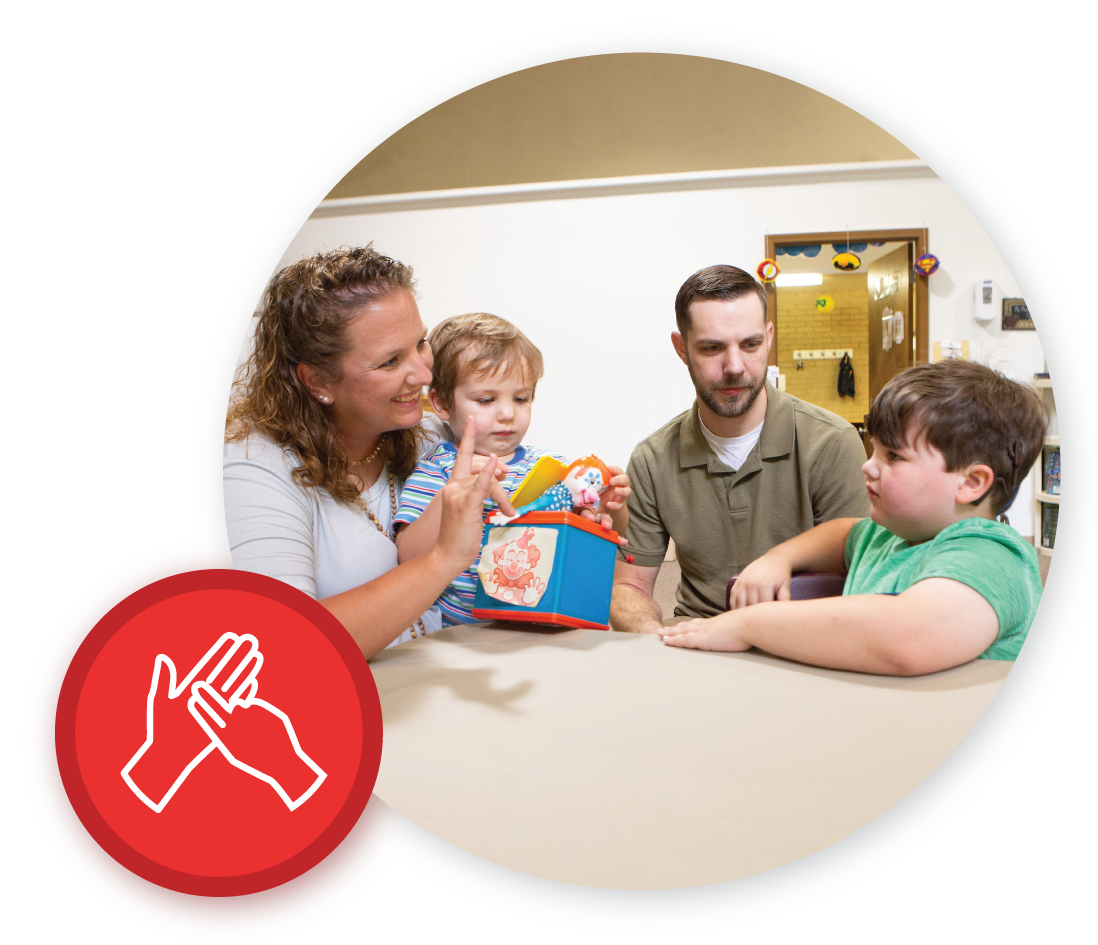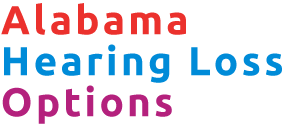American Sign Language

What is ASL?
ASL is a natural visual language. It has its own grammar structure, including facial expressions and handshapes. ASL is easy for most children to access from the time they are born. Infants can use their eyes to see ASL. Children with all hearing levels (mild to profound) can use ASL. Infants can communicate earlier through signs before they are able to speak. The brain needs accessible language from birth. When children are given ASL, they can acquire their first language easily. Having full access to a first language helps the child’s brain build a strong language foundation. The child can learn more languages once they have a strong first language foundation.
Hundreds of thousands of people use ASL to communicate. Not just people with hearing differences use ASL. Hearing people use ASL to communicate with others, too. Children who use ASL attend their local schools with accommodations such as interpreters or attend schools for the deaf.
Answers to Common Questions
What commitments will be needed for my child to be successful if I choose this option?
- Learning ASL is rewarding. Learning any new language, can also be challenging at times. The process requires patience, time, and effort. You have what it takes! You will need to learn ASL alongside your child in order to provide full access to language at all times. This is a big commitment, but the benefits for you and your child are absolutely worth the effort.
- ASL is best learned through instruction and social interaction. This is true about learning any language. It is important for families choosing ASL to learn more than just basic signs.
- ASL classes and resources are available in local communities and online. Your child’s Early Intervention provider can connect you with resources.
- There are deaf community events where you can meet other deaf or hard of hearing people to learn more ASL.
What things help children be successful with ASL?
Children need full access to ASL models in their daily lives as soon as possible after they are born. Families must use ASL during daily routines, play time, reading, and outings all throughout the day.
It is important to have a support system in place to help your family learn ASL as soon as possible. The team should include Deaf Mentors, ASL classes, and Early Intervention professionals who know about ASL.
Ongoing assessment of your child’s language development is important. Qualified professionals should help you with this monitoring. Changes may be necessary for your child as he/she grows.
What might get in the way of my child being successful?
Lack of family involvement in learning ASL can limit the child’s access to language. Not using ASL everyday can also limit the child’s access to language. When families struggle to consider the child’s need for visual access to language and incidental learning opportunities all day, every day in all environments, the child is at risk for language deprivation.
Limited access to resources (ASL classes, ASL users, Deaf Mentors) for families to learn and use ASL at home with their child can affect the child’s language learning.
What are the benefits of this communication approach?
The biggest benefit is that your deaf or hard of hearing child will have full access to language from birth. Full access to language helps avoid language delay.
ASL is a visual language. Children’s hearing levels do not influence their ability to access ASL.
Children who have a strong first language foundation in ASL can then acquire another language. Learning more than one language early in life is called bilingualism. Children can learn printed or spoken English (or the family’s home language). Being bilingual has many benefits. Improved memory, problem-solving abilities, and critical thinking skills are just a few. Bilingualism leads to a healthy, flexible brain.
What are the expected outcomes with this approach? What will my child need 3 years from now? Ten years from now? As a young adult?
Children learn ASL in a way similar to the way children learn spoken language.
Children with a strong language foundation can learn to read and write English when they are given full access to it through print. Some children may need a sign language interpreter in school. Interpreters are provided and required by law. Some children attend a school that specializes in deaf education and interact with other deaf children.
Children’s self-esteem can be positive as they interact with other deaf children and learn about their own identity as a deaf person. Also, children can use hearing technology (such as hearing aids and cochlear implants) to strengthen listening skills and to possibly learn spoken language. This depends on the child’s unique needs and abilities.
Expect a bright and successful future for your child. If you want your child to learn ASL, it is a great opportunity for them to become bilingual as they grow and learn.
Who can help me learn more about ASL?
Throughout Alabama, there are ASL classes. There are also supportive resources. Free ASL courses are available to families who have children with hearing differences. Other materials and resources to help children and families thrive in their journey to full language access are available, too. Search the AIDB Regional Centers to find the location nearest you.
There are deaf community events where families can meet other families who use ASL. There are professionals such as Deaf Mentors, Case Managers for the Deaf, Early Intervention providers who are knowledgeable about ASL, and teachers who use ASL.
My child is under 6 months old. Aren’t we too young to learn ASL?
Don’t wait. The best time to start using ASL with your child is at birth! The infant brain is born ready to learn a language. Babies can start developing prolonged eye contact when using ASL at an early age. Some infants can start communicating with signs such as MILK and MOMMY at 4-6 months.
What is learning ASL like?
It takes dedication, time, and effort to learn ASL fluently. It can be easy for younger children to learn a new language. For adults, it can take a bit more effort. It depends on each person’s learning needs. Focusing on the adventure and the many long-term benefits for your child and family is important. Learning ASL with others can be a fun experience.
What is so special about Trained Deaf Mentors, Early Intervention professionals who know about ASL and bilingualism, and ASL teachers?
Trained Deaf Mentors, Early Intervention professionals who know about ASL and bilingualism, and ASL teachers go through specific training. In this training, they learn more about the linguistics of ASL. They are experienced in supporting families. Their support helps families encourage their child’s ASL skill development. Deaf Mentors can also share their experiences of growing up as a deaf person. These shared experiences help families to better understand their children’s journeys.
My family doesn’t live near a center with a trained Deaf Mentor or ASL classes. Does that mean we can’t choose ASL for our child?
There are free, family-friendly ASL classes on-line. In these classes, you can learn ASL with a native Deaf signer. Also, there is a program that provides iPads to families who want to learn ASL remotely. Portable Wi-Fi is available for families who do not have access to the internet, too.
I think that ASL will be the best option for our child and our family. What do I do now?
Reach out to someone or a program that has ASL resources and start your journey!
Talk to other families with children who are deaf or hard of hearing and use ASL. Ask about their experiences using ASL. Connect with adults who are deaf or hard of hearing and use ASL. They can teach you how to communicate with your child through ASL. You can start learning signs through online resources, too.
Children who use ASL sometimes also use hearing technology. If your child will be using hearing technology, find a pediatric audiologist. A pediatric audiologists can also help if you need information about your child’s hearing levels.
Use a lot of facial expressions and gestures as you enjoy spending time with your child. Act Early! Be Involved!
